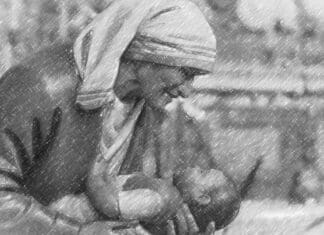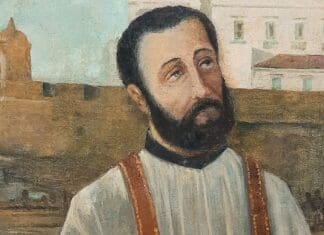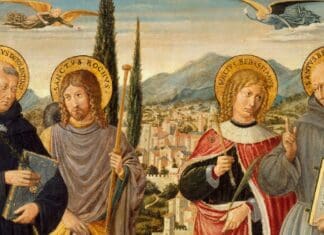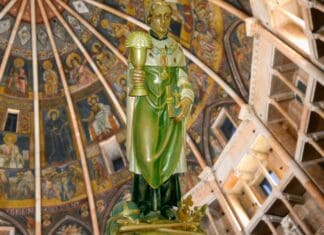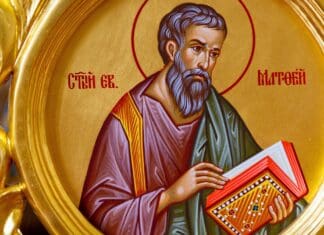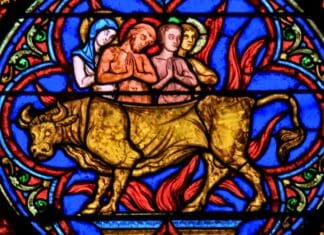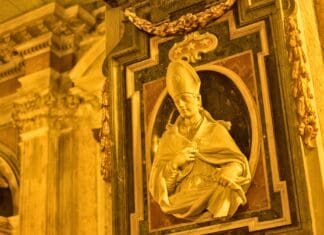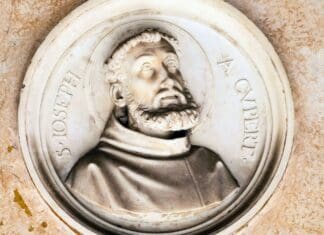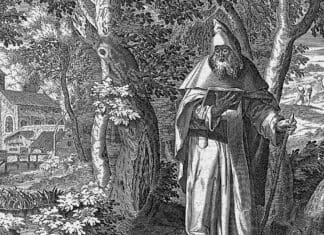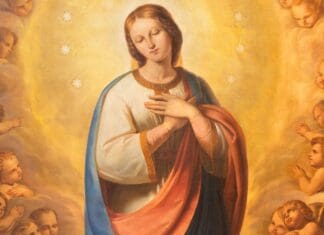Saint Teresa of Calcutta
Mother Teresa's unwavering dedication to serving the poor reflected her deep faith and global mission of love and compassion.
Saint Peter Claver
Saint Peter Claver dedicated his life to aiding slaves in Cartagena, baptizing 300,000.
Saint Nicholas of Tolentino
Saint Nicholas of Tolentino, born in 1245 in Ancona, Italy, was an Augustinian friar known for preaching, miracles, and compassionate service.
Saint Cloud
Saint Cloud was a Merovingian prince who became a monk, performed miracles, and founded a monastery in Nogent in 560.
Saint Matthew the Apostle
Saint Matthew, one of the twelve Apostles, authored the first Gospel in Aramaic.
Saint Eustace
Saint Eustace, a Roman general transformed by a divine vision, faced trials for his faith and is venerated by hunters, often depicted with a stag.
Saint Januarius
St. Januarius, bishop of Beneventum, miraculously survived torture. His congealed blood, preserved in Naples, liquefies thrice annually, symbolizing hope and protection against calamities.
Saint Joseph of Cupertino
Saint Joseph of Cupertino (1603–1663), famed for levitations and deep piety, is patron of air travelers, aviators, and students facing exams.
Saint Paphnutius
Saint Paphnutius, an Egyptian ascetic and bishop, endured persecution, defended faith at Nicaea, and supported clerical marriage tradition.
Most Holy Name of Mary
Following Jewish custom, Mary was named eight days post-birth. The Feast of the Holy Name of Mary comes after her Birthday, similar to Jesus after Christmas.


